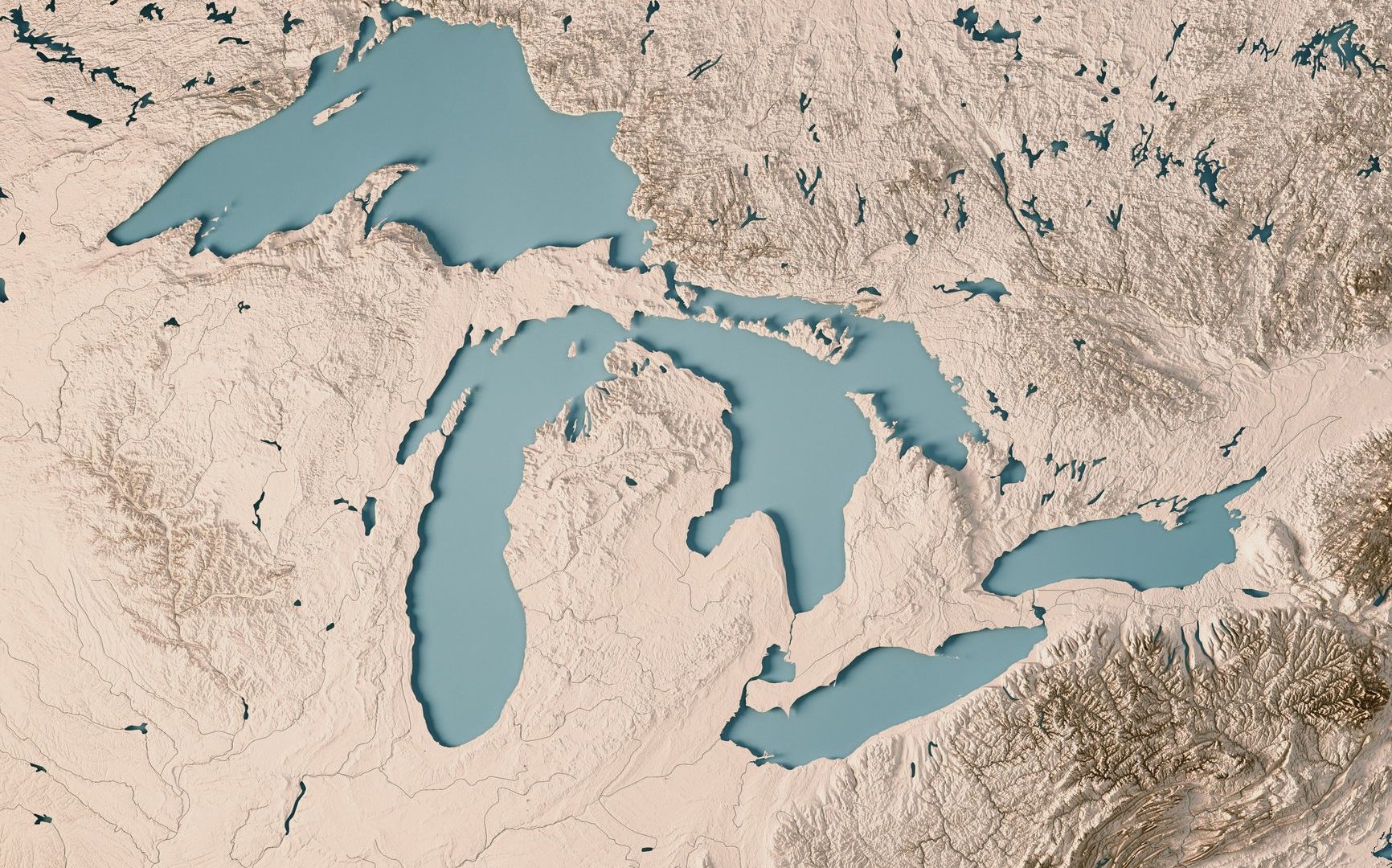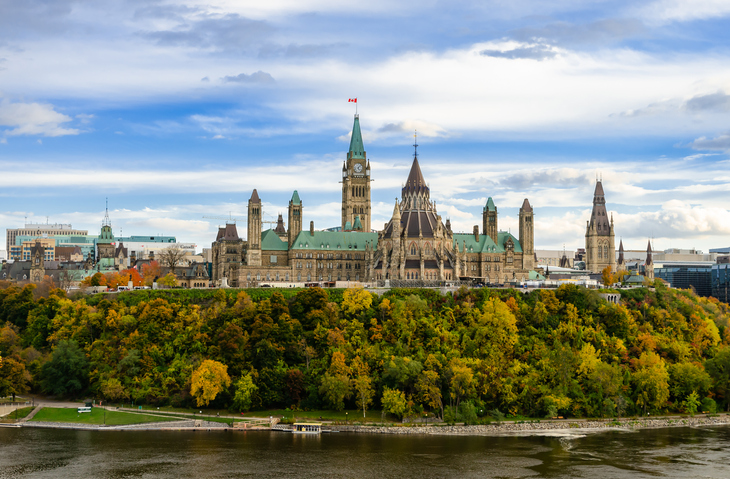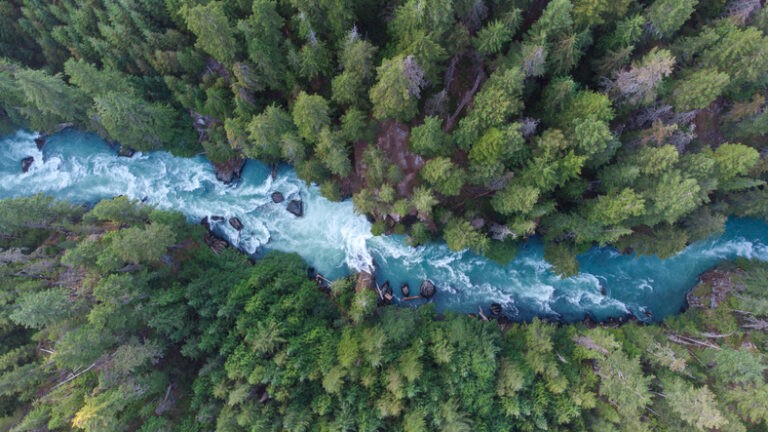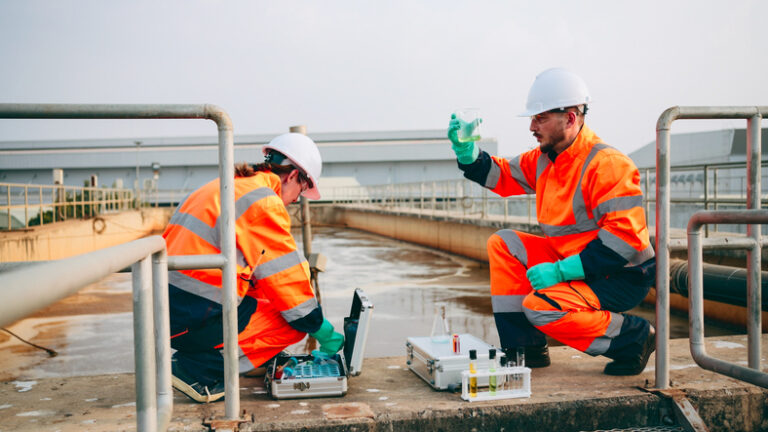1. Major Investments in Great Lakes Restoration Are Paying Off: Study
Canada and the United States have invested more than US$22.8 billion over the last 35 years to restore Areas of Concern throughout the Great Lakes, according to a new study.
The study, published in the Journal of Great Lakes Research, found that the money has been well-spent. Every dollar that was invested in cleanup catalyzed more than $3 worth of community revitalization.
The authors, including McMaster University’s Gail Krantzberg, said that investing in pollution prevention will avoid substantial future cleanups in the long run. Read the full story here.
2. New Model Assesses Economic Impacts of Climate Change on Great Lakes
Researchers have developed a new integrated model to evaluate the economic impacts of climate change on the Canadian Great Lakes Basin.
The Great Lakes are the largest freshwater system in the world. But factors like climate change, urbanization, and a growing population are increasing pressure on these valuable resources and may limit their availability for future generations.
Scientists at the University of Waterloo’s Water Institute developed the new hydro-economic model to make the often unknown and invisible value of water more explicit. Read the full story here.
3. Plastic Pollution in the Great Lakes Presents a Growing Concern: Study
New research suggests that the growing intensity and scale of plastic pollution in the Great Lake poses serious risks to human health and will continue to have profound consequences on the ecosystem.
In an article published in the Journal of Waste Resources and Recycling, Gail Krantzberg, a professor at McMaster University, argued that while plastic waste in the oceans has generated widespread global attention, few realize the problem is also getting much worse closer to home.
“We are increasingly detecting microplastics in the waters and fish and wildlife in the Great Lakes,” Krantzberg said. “A fish with a gut full of plastics cannot be a healthy fish and can, in fact, starve to death. We know this problem is increasing in severity.” Read the full story here.
4. Climate Change Threatens Drinking Water Quality Across Great Lakes
“Do Not Drink/Do Not Boil” is not what anyone wants to hear about their city’s tap water. But the combined effects of climate change and degraded water quality could make such warnings more frequent across the Great Lakes region.
A preview occurred on July 31, 2014 when a nasty green slime—properly known as a harmful algal bloom, or HAB—developed in the western basin of Lake Erie. Before long, it had overwhelmed the Toledo Water Intake Crib, which provides drinking water to nearly 500,000 people in and around the city.
Tests revealed that the algae was producing microcystin, a sometimes deadly liver toxin and suspected carcinogen. Unlike some other toxins, microcystin can’t be rendered harmless by boiling. So the city issued a “Do Not Drink/Do Not Boil” order that set off a three-day crisis. Read the full story here.
5. New Initiative Will Remove Plastics from the Great Lakes
The Council of the Great Lakes Region (CGLR) announced the launch of the first phase of the Great Lakes Plastic Cleanup initiative.
Funding for the initiative was provided by Environment and Climate Change Canada. The founding partners of the initiative include: Pollution Probe, the University of Toronto (U of T) Trash Team, Boating Ontario, and PortsToronto. Collaborators include: EnviroPod, Water Products and Solutions-America, Poralu Marine, and Georgian Bay Forever. Read the full story here.









